The Article
Rega’s Brio-R: A To Brio
3rd December 2015
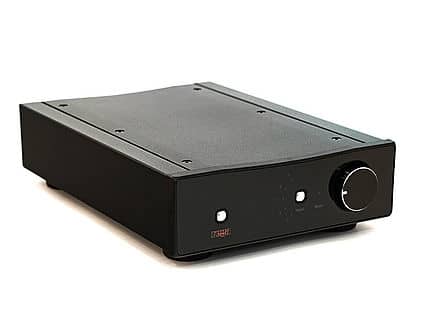
Rega’s venerable Brio amplifier has undergone major changes. Paul Rigby reviews the Brio-R
The problem with the Rega Brio, the original Brio, that is, was that it was almost too good. In the past, Rega had tried to change it, sometimes dramatically, but without success. The amplifier hit an almost unfathomable sweet spot that defied major change, “We always wanted to try to have the cheapest possible, high quality, simple amplifier that a starter person could have coupled with a turntable and a pair of speakers. The Brio has always filled that area,” said Rega owner and co-founder, Roy Gandy.
Over the years, the design has been the recipient of tweaks that have enhanced the basic, core design, “For the Brio 3, everyone loved the sound quality but it was getting to the point where a remote control was demanded. We were considering giving the Brio a refresh but we were faced with demands which boiled down to: retaining the sound quality and adding a remote control but without adding to the price.” A tough request. Adding a remote control option that would not impinge on sound quality was going to add £100 of anyone’s money onto a future Brio update. So Gandy looked towards the company’s new DAC for guidance and found it in that product’s small physical footprint, “We thought that people would want an amp to partner the new DAC. If that amp could be a Brio then we could halve the case size, shrinking the Brio into the smaller case via the utilisation of surface technology, thus saving the required cash to retain the price point.”
Job done then, eh? Well, not quite.
Enter Rega’s electronic designer and inveterate tweaker, Terry Bateman, who, in addition to fulfilling the brief for a new project, will often present a range of additional options. In the past, these have taken the form of alternative designs. Gandy wasn’t surprised to find, sitting alongside the basic, shrunken-boarded Brio, an additional, simple, aluminium box. Bateman piped up with, “Can we also listen to this?”
Gandy did just that and was disappointed. He liked the sound of the experimental variant but Gandy knew, without peering inside the box, that Bateman had squeezed a couple of valves inside to produce that signature, analogue sound. Knowing that Rega, as a company, was not set-up to commercially exploit valves just yet, Gandy was about to let Bateman down as gently as he could when he then listened to a familiar piece of music through the experimental box, one that Gandy knew would trip up any valve amp, “Playing this track, however, I was gobsmacked because it made the music sound even clearer. I then found out that the box didn’t hold a valve amp at all. It was fully solid state. It shocked me.”
Bateman had, in fact, used the experimental Brio design to implement a theory, one that Bateman had read about in an old electronics magazine from 1969, that proposed a concept for a Class A circuit using transistors that didn’t produce the usual amount of heat. At that time, the design was only conjecture but Bateman decided that the time had come to see if the premise could match practice. Gandy believed now that it could and decided to dump the original Brio ‘tweak’ to mass produce Bateman’s theory-buster.
The result is the 50W Brio-R, a Class A/AB or quasi Class-A amplifier, “Basically, the driver transistors are working in Class A but the power transistors are working in A/B. That’s the simple way of describing it,” said Gandy.
On the inside is a motorised ALPS volume control for the new remote that sits next to a combination of standard and surface mounted components. The toroidal transformer is surrounded by electrolytics (if they’re not in the signal path), polyester and polypropylene capacitors, “Every path is thought about in terms of sound quality and value for money. Polypropylene caps are also large, so the small case might not allow them to be used. In which case we use electrolytic,” said Gandy.
To keep the distortive noise down, Rega has thought about the proximity and screening of low voltage parts of the amp to the transformer. Tough in a small case, “In the Brio-R, the transformer features a bespoke design supplied by a company that used to share our factory space. We tested around 20 toroidal prototypes.”
Available in black and silver, spanning 80x218x325mm and weighing in at 6kg, the front of the Brio-R features a volume pot, input selector and power switch. On the rear are five inputs plus a MM phono connection and a single pair of speaker connectors adjacent to a power plug.
SOUND QUALITY
Sound tests began with vinyl and the original 1964 RCA LP, ‘This Is Ethel Ennis’. The first impression of the Brio-R via the jazz-vocal piece, ‘He Loves Me’, is its clarity. There is something Blue Lagoon-like in the way that the Rega presents music to the ear. You feel that each instrument within the dynamic backing orchestra can not only be heard in full but that all angles of each instrument is on view. This is partly due to the reduction in distortion which removes the noise that often fills in the gaps. With the distortion removed, the sound stage was able to present the instruments in a more articulate manner, adding space and a supreme sense of order that Brio-R loves to bring to the music, resulting in a calming, unhurried influence.
The bass was not especially stronger or more impressive than the reference Cambridge Azur 650A but the Brio-R did present a detailed and fully formed suite of low frequencies. Drums exhibited more character and tonal information while the mids were incisive. Sax and trumpets were crisp but also retained impact during their attack while strings were swathed within a blanket sweetness.
Treble was remarkably light and ethereal is its approach. Cymbals tended to float over the soundstage yet the cymbal strike was notable for its crisp nature. Impressive for an integrated amp within this price point.
Playing DJ Food’s ‘Kaleidoscope’ and ‘The Ageing Young Rebel’ this beats-orientated electronica track utilised old samples to form a musical concoction based on modern bass beats and bass-heavy vocal speech from the unique delivery of Ken Nordine. The latter is both distinct and clear in its presentation making the articulation of the vocal far clearer than many other amps in this price point. The lowering of the noise floor meant that the vocal subtleties were noticeable, allowing more of the speech to be heard.
Bass may not have been heavier or appreciably stronger in its inherent form but what it did provide was a new focus that allowed the lower frequencies that were already present to be more easily recognised.
What was also noticeable was that the bass didn’t fight or attempt to encroach upon the mids. It knew its place and so enhanced the entire sonic spectrum without bleeding into the upper frequency regions. Mids were, in themselves, informative and well structured within the sound stage. Higher frequency synths were clean and tight with plenty of space to manoeuvre while cymbal work was both fresh and firm in its attack.
Moving to CDs and Stevie Wonder’s ‘I Was Made To Love Her’, the pedigree of the Brio-R was apparent from the first few notes of Wonder’s harmonica. Instead of hearing the normal compressive emphasis on this track that can sometimes give this song a brighter tone, the Rega calmed the waters due to its low distortion approach to music. The space afforded to the soundstage also produced a clearer and more recognisable presentation. Instrumental separation on this early mix not only gave the vocal a richer and more emotional delivery but also teased apart the backing band into a more individual instruments.
Moving to Porcupine Tree’s ‘Buying New Soul’ from the 2001 ‘Recordings’ album, the cello present on the introduction provided both atmospheric meat to the wood-filled resonance and presented an emotive rhythmic generosity to the track itself. Lead vocalist, Steve Wilson’s, voice, is not the strongest or most emotive but the Brio-R positioned his delivery as ‘innocent simplicity’ that contrasted well with the power of the percussion and the firm, passionate bass tones. It was also able to keep its head during the turbulent crescendos, retaining the instrumental separation.
Plugging the turntable into the Brio-R’s built-in MM phono amp instead of the reference Trichord Dino, was intriguing. The Brio didn’t have the richness of the Dino and, in comparison, there was an element of midrange strain in the Brio-R but this was nitpicking. Considering that the Brio was up against a high quality budget phono amp, it performed remarkably well. The Brio-R’s phono amp retained dynamic interest in the midrange with enough fragility in the treble area to add a layer of finesse plus bass texture to provide low frequency authority.
CONCLUSION
The Rega Brio-R only offers a small footprint but still manages to provide a full suite of inputs and associated features. More importantly, however, the sound quality is remarkably good for an amplifier at this price point. It is no exaggeration to say that the Brio-R would sit easily within a more expensive hi-fi chain and would not sound out of place. Hence, for those looking to upgrade their kit in the future, the Rega provides a solid basis or heart to a more expensive hi-fi chain. Offering great value for money, the Brio-R represents the very best in budget amplifier design.
REGA BRIO-R
Price: £548
Web: www.rega.co.uk
Good: low noise, clarity, detailed mids, small footprint
Bad: nothing at the price
RATING: 8
REFERENCE SYSTEM
Cambridge Azur 650A amplifier
Trichord Dino Mk.3 phono amp
Rega RP3 turntable
Tellurium Q cables

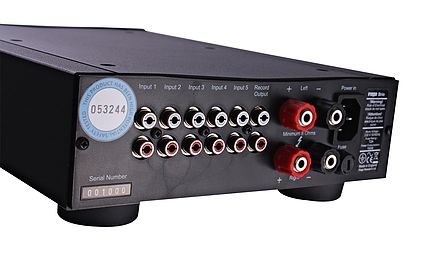
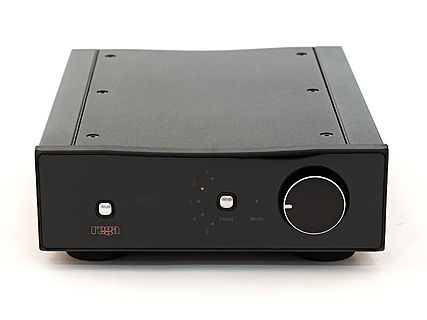
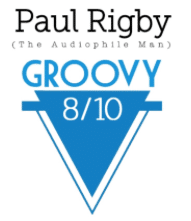
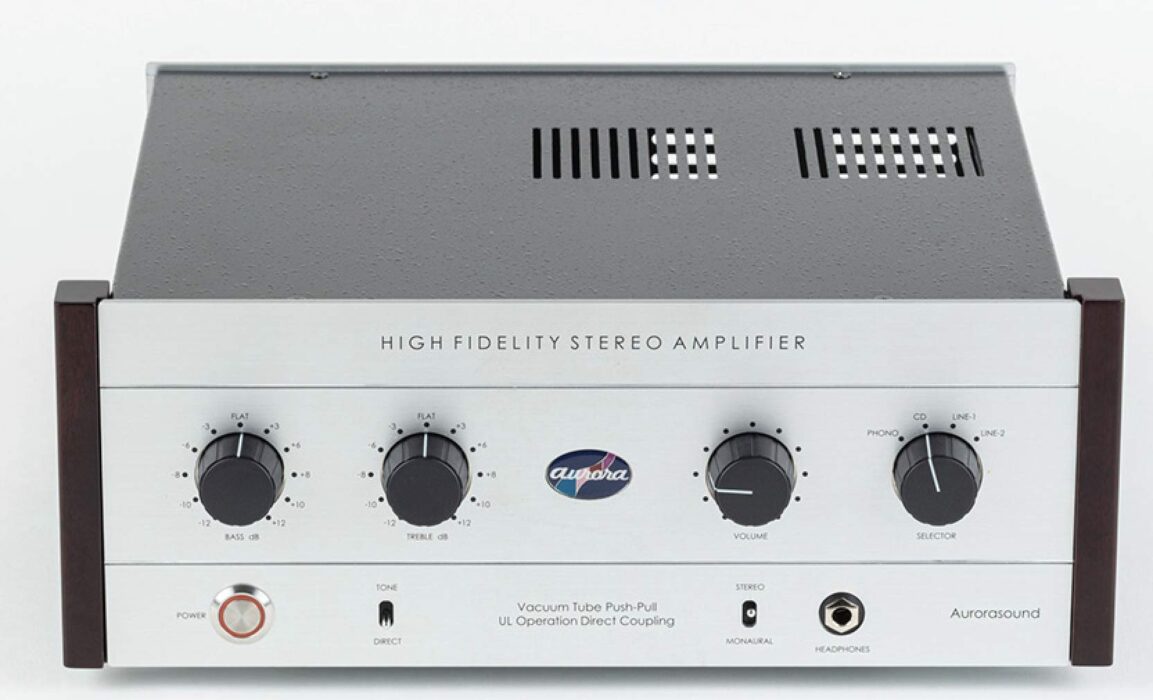
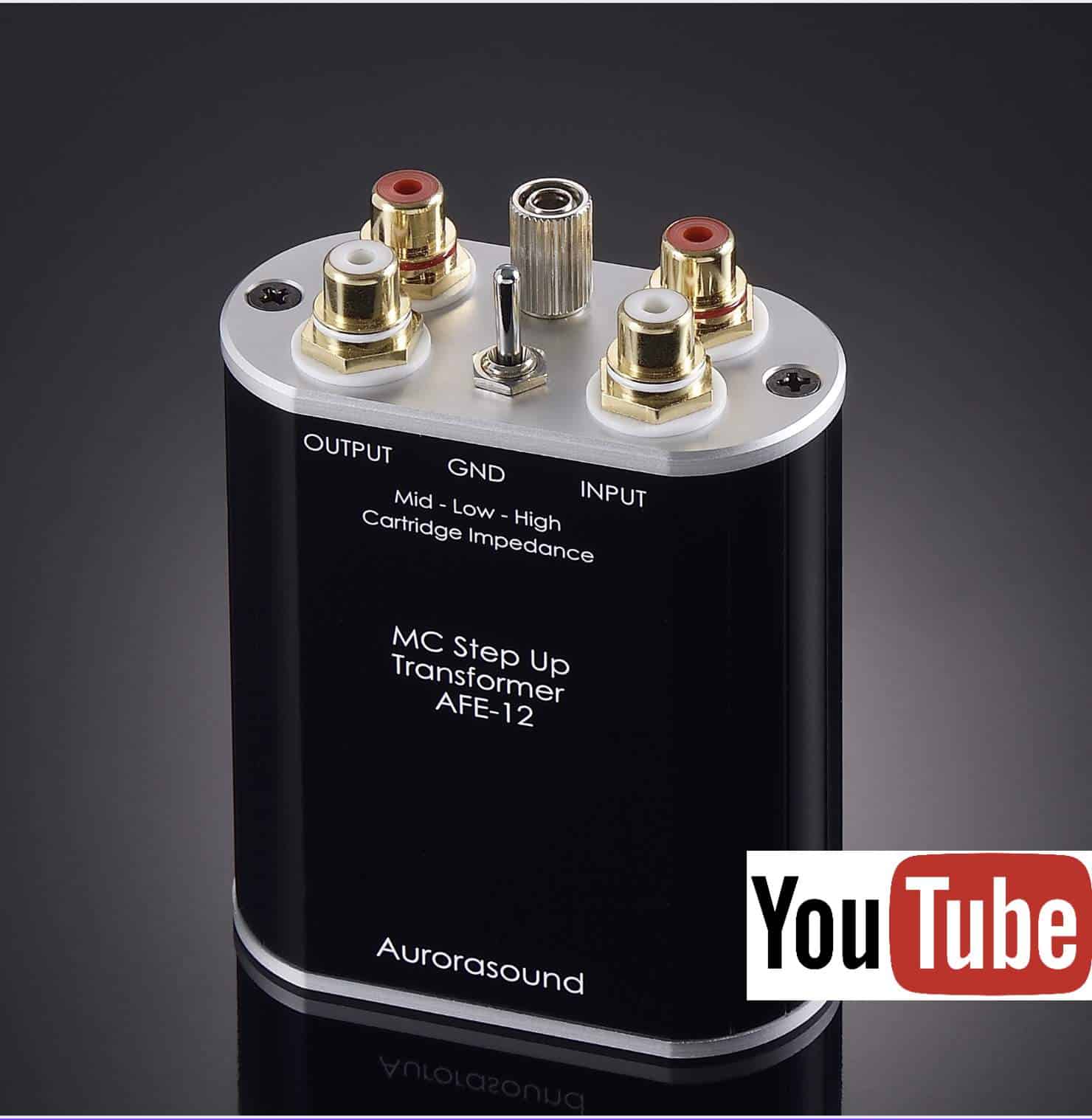
Maybe a review of the new brio?
Yes – good idea.
Hi, how would this compare to something like the amp in the Yamaha rn602 that you reviewed in 2016? Would this sort of stand alone integrated amp be much better than the rn602 in terms of sound quality?
Hi Greg – yes, the Brio would be superior because it’s a specialist 2-channel amp. Receivers are ideal in terms of value for money because they pack in all kinds of extra features for not too much cash. To do that, though, they compromise in terms of component quality and sound quality. Not a problem if you’re on a budget but, if you have the cash… Partly too because they squeeze so much into a single chassis which causes electrical noise pollution to travel from one internal bit to another, to veil fine details during play.
Hi thank you so much for the nice review!I have a good question for you which dac do you think will be nice to have next to this Brio-R one kind of dac that I can use connected to a streamer by coax and if I need with a usb for the computer. Something that will be a good also for the price.
Hi Flavio – thanks for the question. What is your budget, please?
Hi Paul,
Have been amazed with Rega Aria this weekend replacing Rega Fono Mini A2D. Should I demo the Origin Live Discovery 1 before splashing out on the Aria? Always appreciate your advice. Thanks
Indeed, a demo is a good idea Brett.